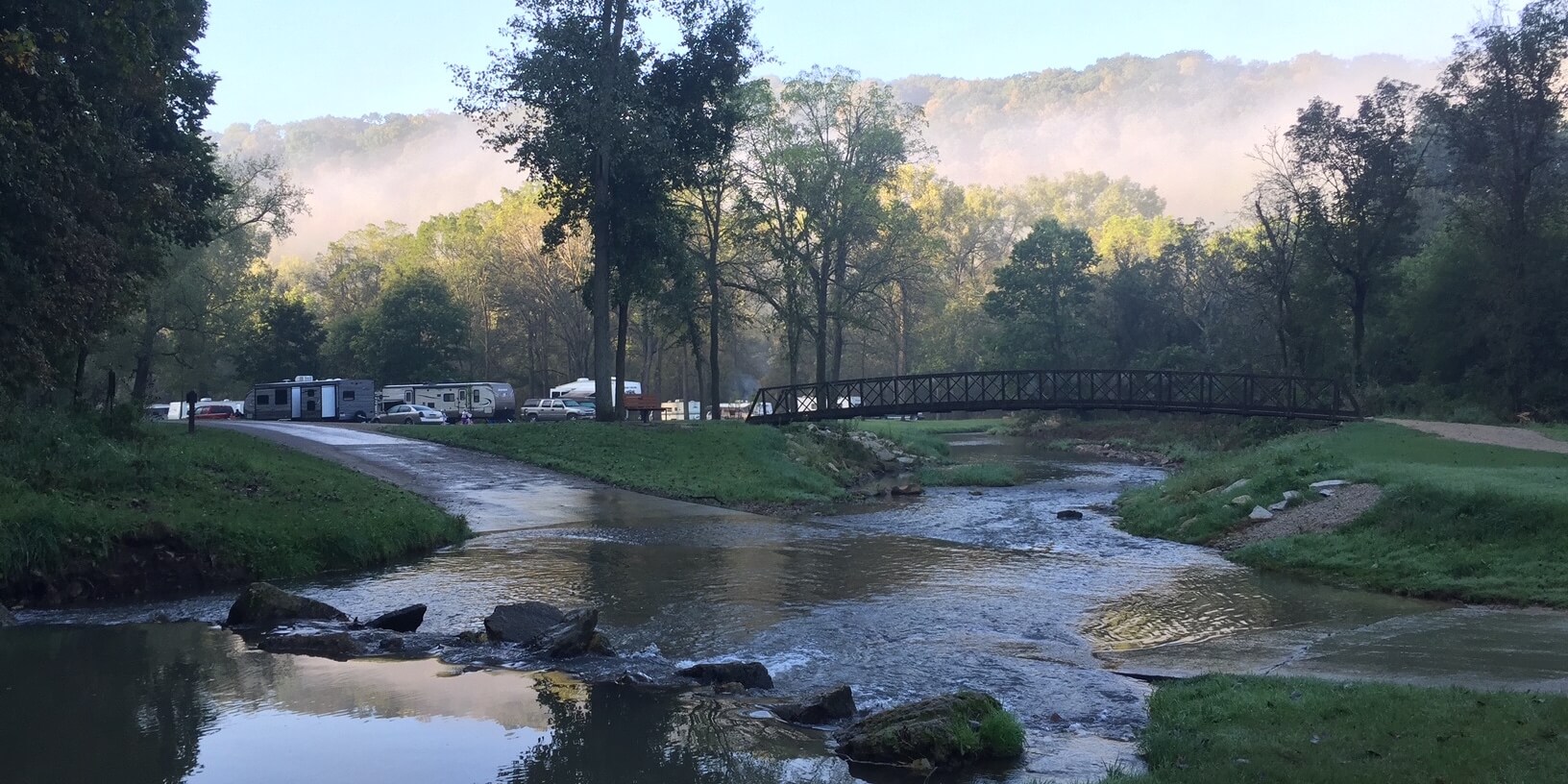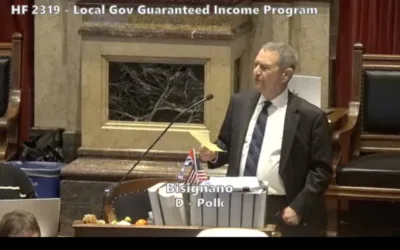
Every other year the Environmental Protection Agency requires states list which bodies of water don’t meet federal standards. In Iowa, that list had 584 entries.
Iowa’s water quality is impacted mostly by manure and pesticide runoff from agriculture, meaning E. Coli and toxic bacteria that look like—and are called—algae blooms.
Already, four beaches in Iowa are under advisory.
It isn’t a problem without solutions though. The state has a program to manage water quality, and conservation practices can go a long way towards improving the situation.
[inline-ad id=”1″]
Imperfect Solutions
The Nutrient Reduction Strategy is meant to manage those pollution levels for the state of Iowa, and it’s managed by the Iowa Department of Natural Resources, the Iowa Department of Agriculture and Land Stewardship and Iowa State University.
But it’s complicated, and flawed, according to Adam Schneiders, the water quality resource coordinator at the Iowa DNR.
“There’s a lot of different approaches that can be done to try to address nutrients,” he said. “And you’ll see that lots of states have a lot of different approaches to try to reduce nutrient levels to meet local water quality goals.”
In Iowa, where the landscape and agriculture are the main problems, the best mitigation methods are in-field and edge-of-field, he said. Those include: nitrogen inhibitors, cover crops, changes to tilling, wastewater bioreactors, saturated buffers and wetlands to filter pollutants before they reach the waterway.
Strategies have developed and improved since Iowa’s was conceptualized based on EPA and Clean Water Act frameworks. But implementing some strategies can be a struggle because they’re newer and voluntary, so convincing farmers to use them isn’t always easy.
[inline-ad id=”2″]
There is no deadline for reaching goals or real idea for what progress looks like, either. For the most part, Schneiders said, success is in the eye of the beholder and progress is slow. There’s also an ambitious goal to reduce levels of nitrogen and phosphorous leaving the state by 45 percent from levels in the 1980s and 90s.
“When the strategy was written, one of our scientists had mentioned that achieving these goals is technically possible, technically possible, but it’s a moon shot,” Schneiders said. “It’s a big lift to try to get to that 45 percent reduction.”
Part of the problem is that the strategy was written before the writers had a clear view of the problem in Iowa, before they had resources to fit the goal and before newer, better strategies were known.
[inline-ad id=”3″]
Making Real Progress
More concrete action should be taken to actually make progress and to make it faster, said Alicia Vasto, the water program associate director at the Iowa Environmental Council.
“Our position is that many of these voluntary strategies need to become mandatory because often voluntary means you can choose not to do anything,” she said. “The conservation practices are kind of a Band-Aid or they allow farming to stay the kind of status quo of what has always been done. So we need to do more than that to actually see reductions in nutrient pollution.”
In 2019, the group released a report showing it would take Iowa hundreds of years to clean its water at its current pace.
Vasto said Iowa lacks the political will to legislate these changes. She said the laws are too weak to protect Iowa’s water quality as they are, and some standards need to be set to improve water quality.
“I think that there are state lawmakers that really take this issue seriously and want to address it, but there are not enough of them to be able to actually do anything about it in the state legislature,” she said.
[inline-ad id=”5″]
The Environmental Council has a lot of suggestions for improving the situation, which they laid out in a recent report. Some of those include restoring the balance between public and private rights, establishing an individual duty to protect surface water, like Iowa Code does for groundwater, regulating concentrated livestock operations and manure practices and adopting more concrete standards.
Polk County has recently stepped up to more firmly address water management, with a program to rapidly build the saturated buffers and bioreactors that will help curb runoff.
“When it comes to water quality in the state, we need to have a balanced approach between both public and private interests, and we need to have a balanced approach to how we’re handling water quality,” Vasto said. “So that would be, you know, carrots and sticks. So having incentives and helping create a transition to a more sustainable agricultural system, but also having those requirements and regulations where necessary to ensure that we’re protecting the public good.”
by Nikoel Hytrek
Posted 6/18/21
[inline-ad id=”1″]
Support Our Cause
Thank you for taking the time to read our work. Before you go, we hope you'll consider supporting our values-driven journalism, which has always strived to make clear what's really at stake for Iowans and our future.
Since day one, our goal here at Iowa Starting Line has always been to empower people across the state with fact-based news and information. We believe that when people are armed with knowledge about what's happening in their local, state, and federal governments—including who is working on their behalf and who is actively trying to block efforts aimed at improving the daily lives of Iowan families—they will be inspired to become civically engaged.


Iowa Republicans make outlawing gay marriage key 2024 campaign priority
Iowa Republicans have made outlawing gay marriage a key goal in their 2024 party platform. During the Iowa GOP’s 2024 state convention on Saturday,...

Department of Justice says Iowa immigration law violates US Constitution
If Iowa doesn’t suspend the enforcement of its new immigration law by May 7, the state could face a federal lawsuit, according to the Des Moines...

Rushing: Iowa State president said the quiet part out loud
I want to thank Iowa State University President Wendy Wintersteen for doing us all a favor by finally saying the quiet part out loud: all the...

Iowa sets aside almost $180 million for year two of voucher program
Iowa has committed nearly $180 million in taxpayer funds to support private school tuition in the 2024-25 school year, which is almost $50 million...

Kalbach: Immediate action needed on corporate ag pollution
Iowa agriculture has undergone substantial changes over the past 40 years. We see it all around us. Rather than crops and livestock being raised on...

VIDEO: Jochum calls Gov. Reynolds’ summer meal program a ‘hunger game’
Iowa Gov. Reynolds announced a competitive $900,000 grant program to feed Iowa children over the summer, months after she declined $29 million in...





